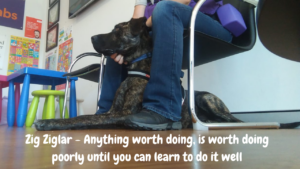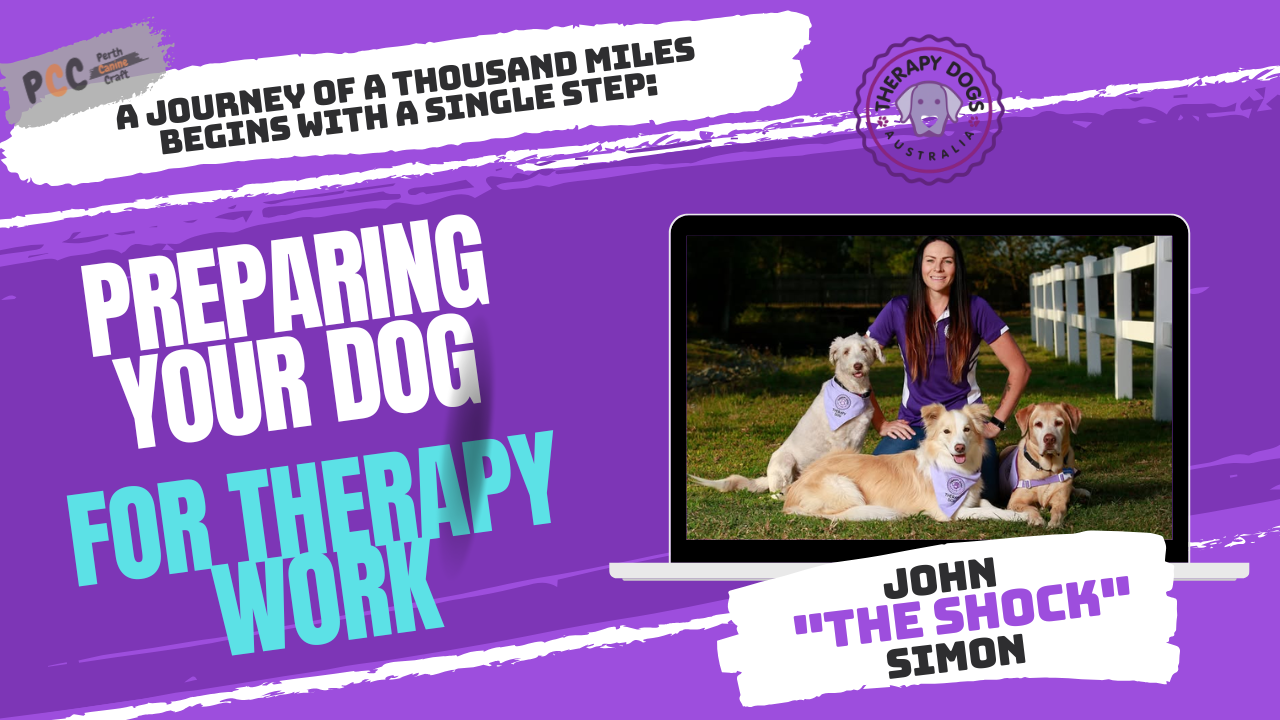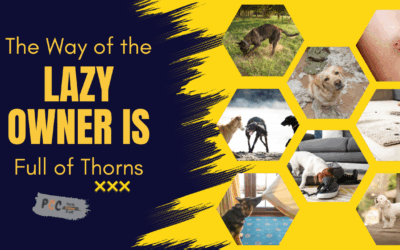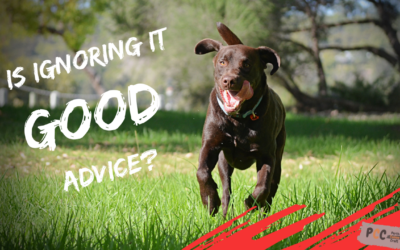Training a therapy dog is a rewarding journey filled with growth, learning, and meaningful connections. Whether the goal is to provide comfort in schools, medical settings, or public spaces, the path to accreditation involves careful planning, tailored training, and collaboration with trusted organisations like Therapy Dogs Australia (TDA).
1. Starting the Journey: From Enquiry to Action
When I receive an enquiry about therapy dog training, the first step is to give the person the relevant info and resources so they can make educated choices. I work closely with Therapy Dogs Australia (TDA), providing physical assessments (learn more about them here) and in-person training right here in Perth. While TDA is based over east, I serve as a local trainer for those who prefer face-to-face support.
This introduces my role as a bridge between local dog owners and the nationally recognised TDA accreditation programs. You can also check out the FAQ about TDA right here.
2. Understanding Your Options
The next step involves me recommending the person to go straight to TDA and check out their courses:
- Community Course: Ideal for therapy dogs working in public settings, including schools.
- Clinical Course: A more specialised program for therapy dogs in medical or therapeutic environments.
The cool thing, you can even do a pre-course consult with TDA.
3. Ball is in your court
I have clients that go straight to the TDA online courses, and they come to me for their assessments. Others decide to do a 5-lesson probation program, and I help them prep and assess their dog over 5 lesson to help guide them to see if going for the course would worth it for both ends of the leash (handler’s skills vs real temperament of the dog).
4. Supporting Therapy Dog Teams Locally in Perth
I work closely with Therapy Dogs Australia (TDA), providing physical assessments and in-person training right here in Perth. While TDA is based over east, I serve as a local trainer for those who prefer face-to-face support. This collaboration ensures that therapy dog teams in Perth have access to high-quality training and assessment without needing to travel interstate. I also offer group training for the FB TDA Western Australia Network.
5. Overcoming Challenges on the Road to Certification
Training a therapy dog isn’t always a smooth ride. It requires patience, persistence, and adaptability-be kind to yourself and don’t put so much pressure on yourself and your dog that you become your own obstacle to being successful.
Challenges can range from refining specific behaviours to managing new environments. It also means you have to be realistic in your dog’s limitations and be ok if it doesn’t work out with the current dog, you might have to get another. My role is to provide support, guidance, and practical strategies to overcome these hurdles.
6. The Final Step: Making a Real Difference in the Community
The ultimate goal of therapy dog training is not just to achieve certification but to create a team that can genuinely contribute to their community. Whether it’s offering comfort to school children, supporting therapeutic settings, or bringing joy to public spaces, therapy dogs make a profound impact.
It is a calling to become a Therapy Dog Handler
The journey to becoming a school-based therapy dog requires patience, persistence, and purposeful training. It’s not just about passing assessments but ensuring the dog is genuinely prepared to provide support and comfort in a school environment.
If you’re considering therapy dog training or want to learn more about the process and accreditation through Therapy Dogs Australia, please get in touch. I’m here to guide you through every step of the journey, helping you and your dog make a positive impact where it matters most.






0 Comments